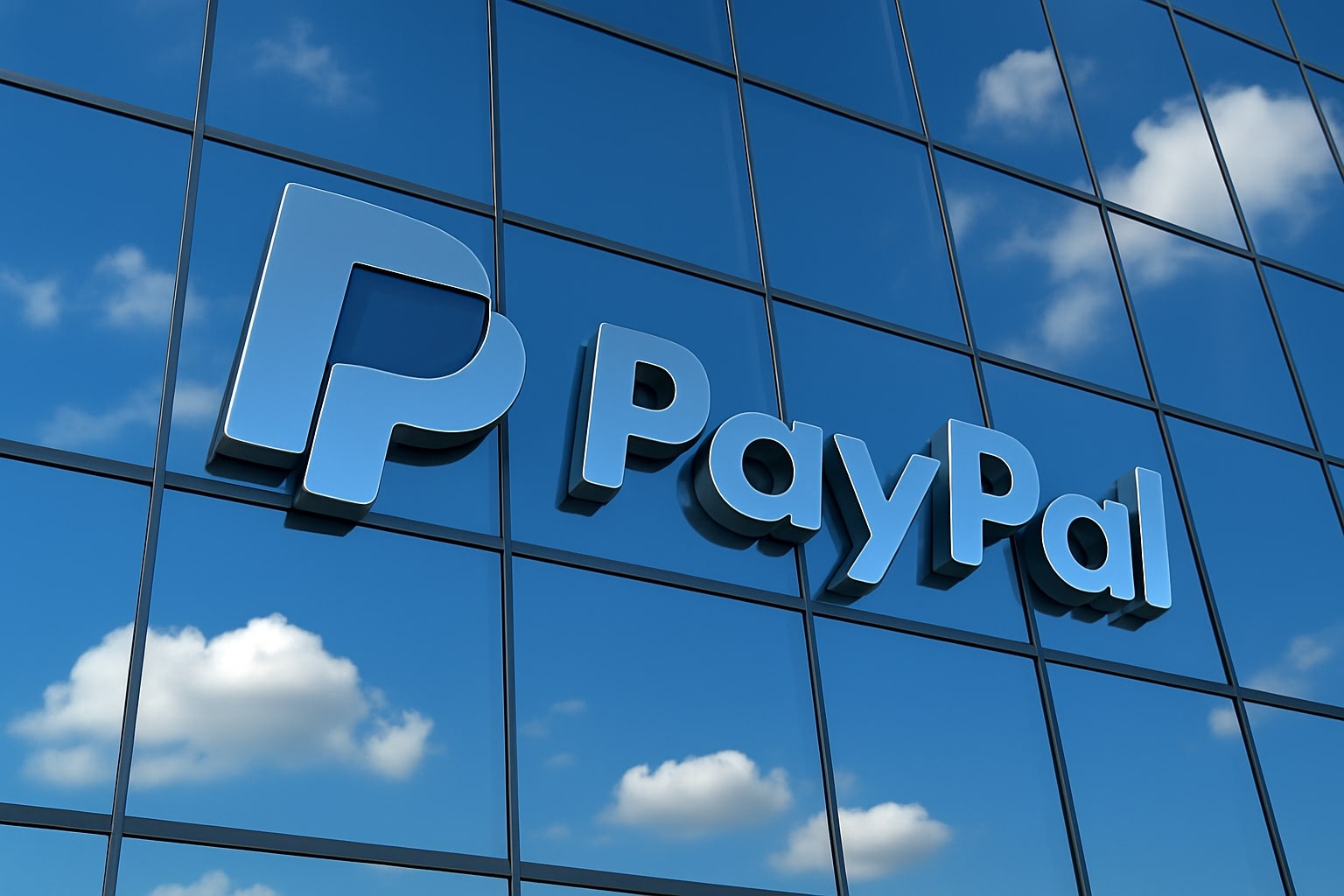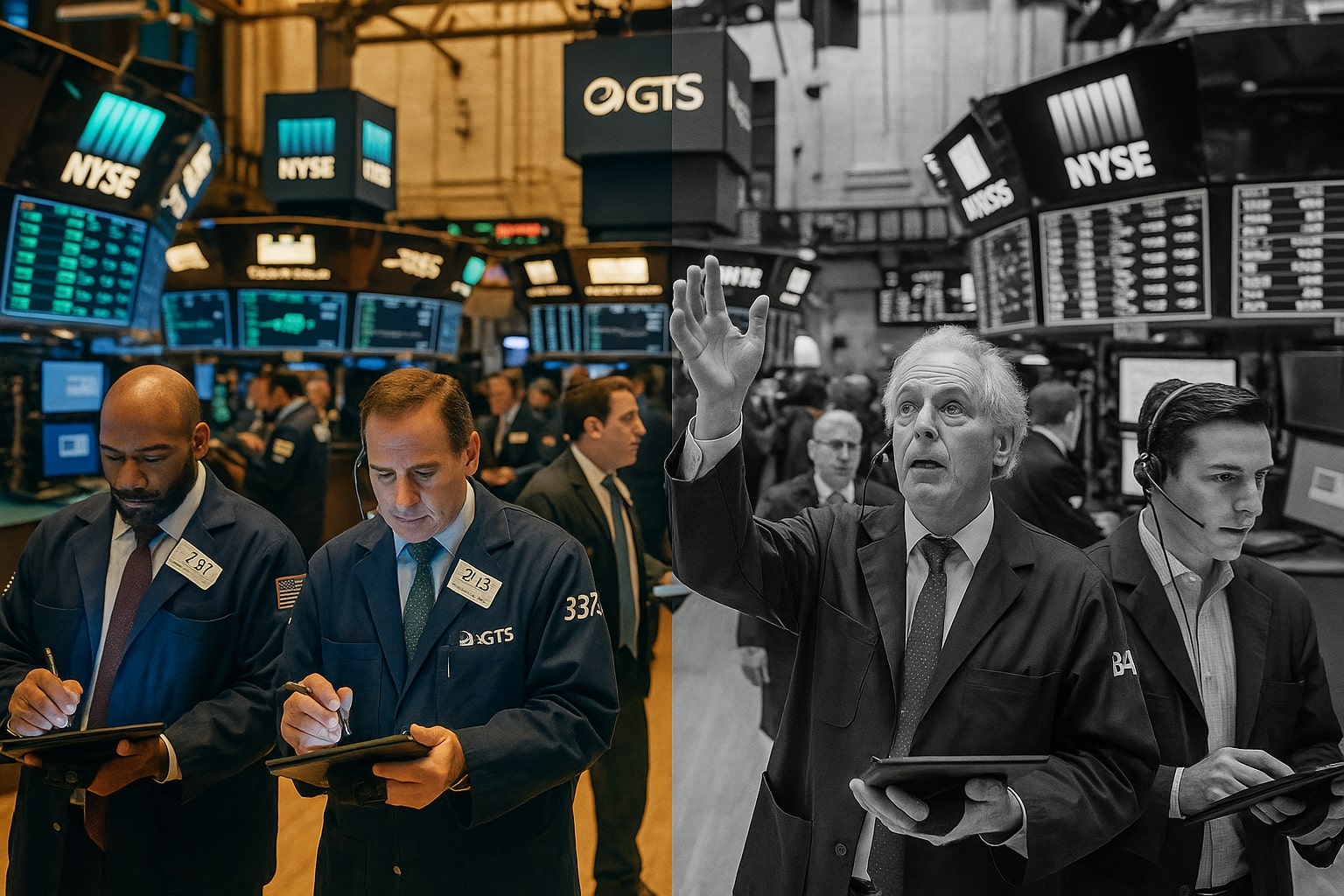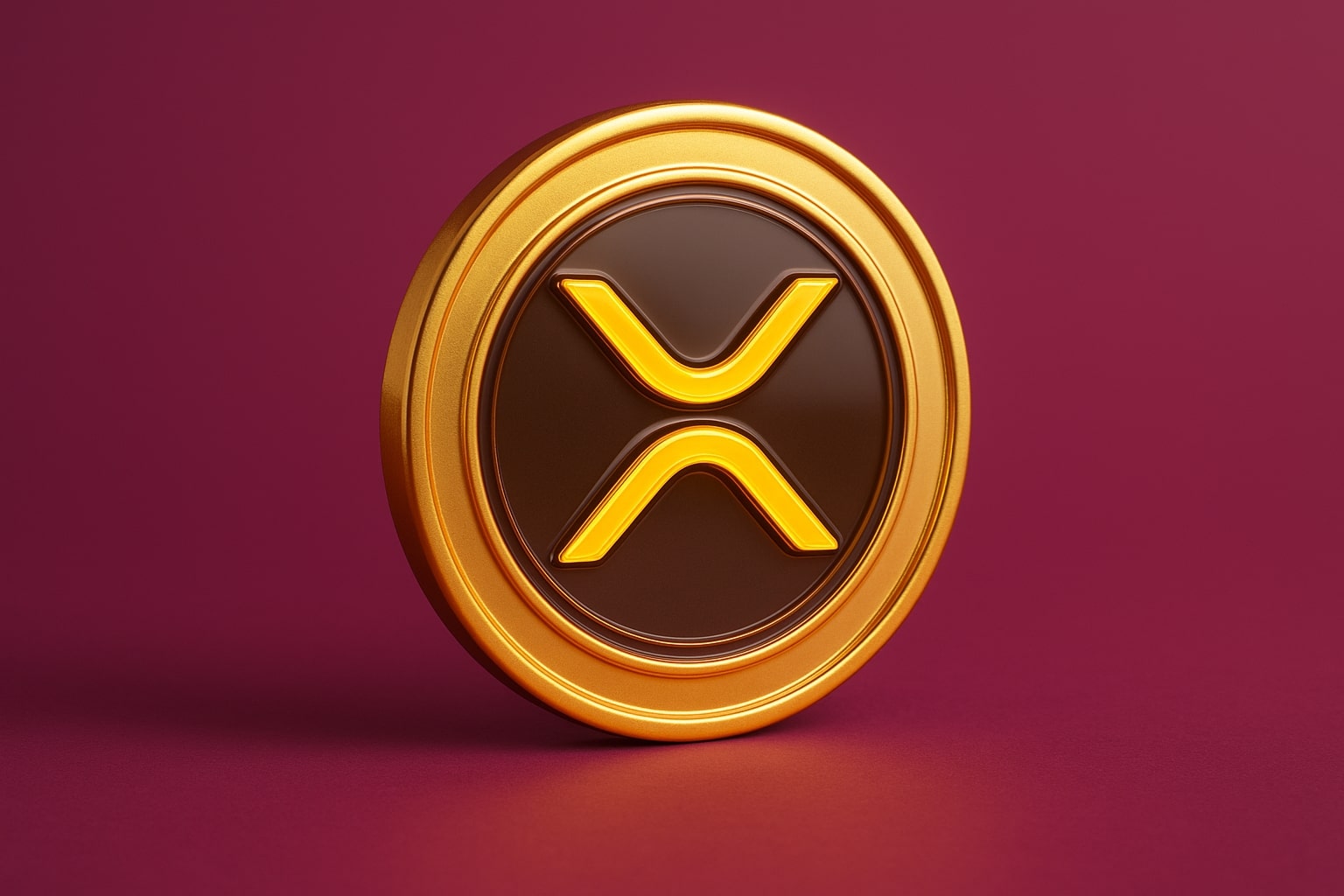
Alibaba Stock Price Forecast 2025: NYSE:BABA Targets $150 on AI and Cloud Expansion
Alibaba trades at $119, well below fair value, with buybacks, AI growth, and China’s easing policy driving upside | That's TradingNEWS
Alibaba (NYSE:BABA) Stock Forecast: Undervalued Tech Giant With AI and Cloud Tailwinds
Earnings Momentum and Valuation Reset
Alibaba Group Holding Limited (NYSE:BABA) trades around $119.57, pulling back from its 52-week high of $148.43 but still well above the lows of $80.06. With a market capitalization near $291 billion, the stock remains heavily discounted relative to global peers despite sharp improvements in profitability. The company reported FY2025 revenue of $996.35 billion CNY ($137.3 billion), a 6% YoY increase, while net income surged to 129.47 billion CNY ($17.8 billion USD), up 62% from FY2024. Operating income rose to 147.07 billion CNY ($20.2 billion USD), reflecting stronger cost control and scaling from its cloud division. Earnings per share stood at 7.49 CNY ($1.02) TTM, with Wall Street forecasting EPS expansion to 62.47 CNY in FY2026 and 75.19 CNY in FY2027. That trajectory implies forward earnings growth above 20% annually, a sharp contrast to the stock’s muted 14x forward P/E, well below Amazon’s 36x or JD.com’s 21x.
AI and Cloud as Core Catalysts
The cloud intelligence division has been the most important engine of Alibaba’s turnaround. Cloud revenue grew 18% YoY in the last quarter, positioning the segment as a central driver of future margins. If BABA sustains 20%+ growth here, the stock will command higher multiples as institutional investors rotate back into Chinese tech. At the same time, Alibaba is aggressively embedding artificial intelligence across e-commerce, logistics, and payments, a move that has required heavy CapEx expansion of 168% YoY. That level of investment stands in stark contrast to global peers cutting capital expenditures. It signals Alibaba is betting on AI not only to defend market share against PDD and JD but also to capture efficiency and monetization opportunities across its 1.3 billion active customer base.
Consumer Headwinds and Chinese Macro Outlook
The key near-term risk remains the weak Chinese consumer. Retail sales grew 5.5% in 2024 but remain far below pre-COVID trends, dragging on discretionary purchases through Taobao and Tmall. Analysts expect Q1 FY2026 revenue at $35.49 billion, a modest 4.6% YoY rise, while EPS is projected at $2.16, down nearly 6% YoY. However, China’s monetary easing — with the PBOC injecting 600 billion CNY ($84 billion) this year — is expected to lift disposable income. Household disposable income is projected to climb to 44,049 CNY per capita in 2025, up 8.75% YoY, which could stabilize consumer spending and directly benefit Alibaba’s e-commerce gross merchandise value (GMV). With 50% market share in Chinese e-commerce, Alibaba remains the best-positioned player to capture this recovery.
Capital Strategy and Insider Positioning
Alibaba has executed one of the most aggressive shareholder return programs in Asia. The company repurchased 51 million shares in FY2025 and allocated $11.9 billion in total to buybacks, reducing shares outstanding by 5.1%. The program extends through 2027 with $19.3 billion remaining authorized. Additionally, BABA has initiated dividend distributions with a forward yield of 0.86%, paying $1.05 annually per ADS. The company’s balance sheet remains fortress-like with 428.1 billion CNY ($58.6 billion) in cash, covering all debt obligations and insulating against macro shocks. Insider transactions, available here, show executives continuing to retain holdings, underscoring confidence in long-term recovery.
Valuation Gap vs. Global Peers
Despite stronger profitability, Alibaba trades at only 2.12x price-to-sales and 2.06x price-to-book, steep discounts compared to Amazon at 3.61x P/S and MercadoLibre at 6.9x P/S. On a PEG basis, Alibaba’s 0.24x GAAP PEG indicates deep undervaluation relative to the industry average of 0.81x. Even modest multiple expansion could re-rate the stock significantly higher. At the current EPS of 8.72 USD and applying the sector average 18x P/E, BABA would command a price of $157, implying 30% upside from today’s $119 level.
Technical Levels and Market Sentiment
Technically, Alibaba trades tightly around $119–$121, with strong support at $117.60 and resistance at $148.76. A breakout above the $150 range would confirm a new bullish cycle, aligning with analyst consensus price targets of $152.41 over the next 12 months. The 200-day moving average of $111.62 offers additional downside support, reinforcing the bullish skew as long as shares remain above $115.
Buy, Sell, or Hold?
At the current level of $119.57, with fundamentals improving, AI and cloud divisions accelerating, and valuations trading at steep discounts to global peers, NYSE:BABA is a Buy. The stock carries a 12-month target of $150–$155, representing 22–30% upside, and a long-term 2027 target of $280+, offering over 100% potential upside if management sustains double-digit revenue growth and maintains shareholder-friendly buybacks. The balance sheet strength, aggressive buyback program, and China’s monetary easing provide downside protection, making Alibaba one of the most compelling large-cap opportunities in emerging markets.
That's TradingNEWS
Read More
-
PayPal Stock Price Forecast - PYPL Shares Poised for Major Comeback as $20B Buyback Drive Value
02.12.2025 · TradingNEWS ArchiveStocks
-
XRP Price Forecast - XRP-USD Poised on $2.20–$2.50 Hinge as Supply Tightens
02.12.2025 · TradingNEWS ArchiveCrypto
-
Oil Price Forecast - Oil Holds in Low-$60s Amid Russian Disruptions and OPEC+ Output Freeze
02.12.2025 · TradingNEWS ArchiveCommodities
-
Stock Market Today - Nasdaq Leads Wall Street Comeback as AI and Crypto Surge — NVDA Stock, MSFT, and Bitcoin (BTC-USD) Outperform
02.12.2025 · TradingNEWS ArchiveMarkets
-
GBP/USD Price Forecast - Pound Holds Near 1.3220 as Soft U.S. Data Fuels Dollar Weakness
02.12.2025 · TradingNEWS ArchiveForex


















